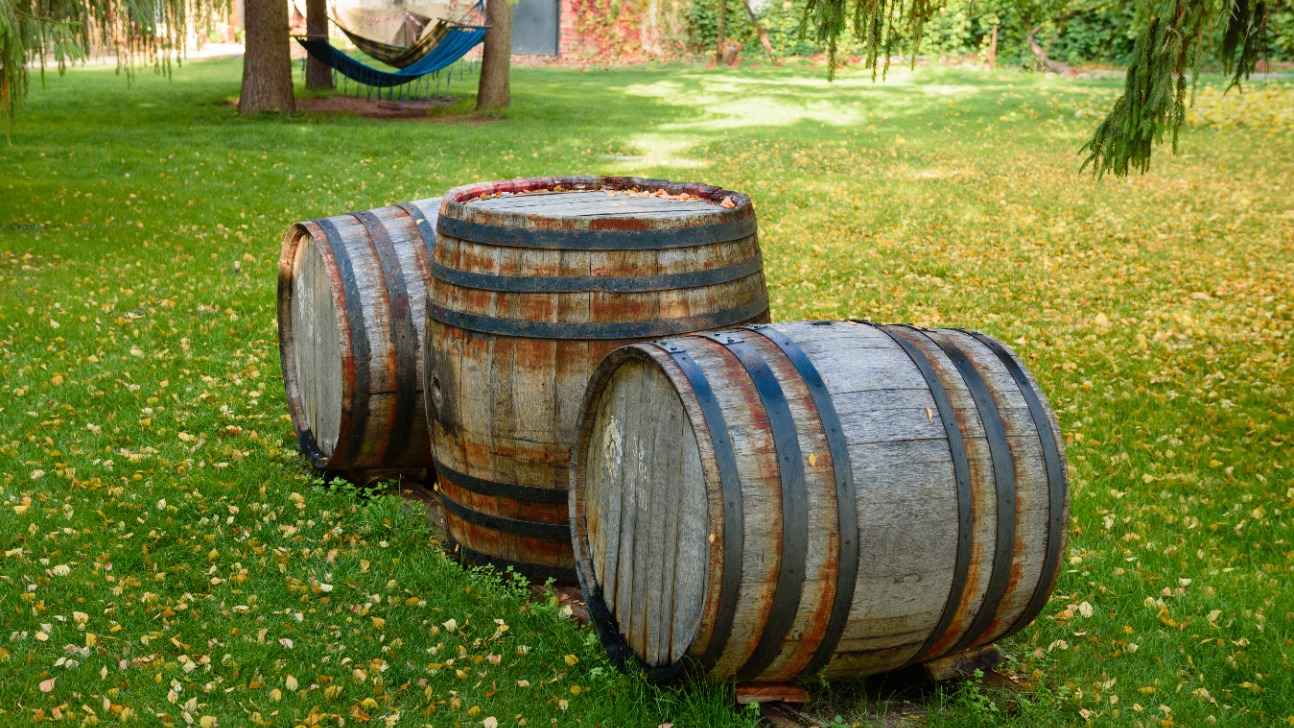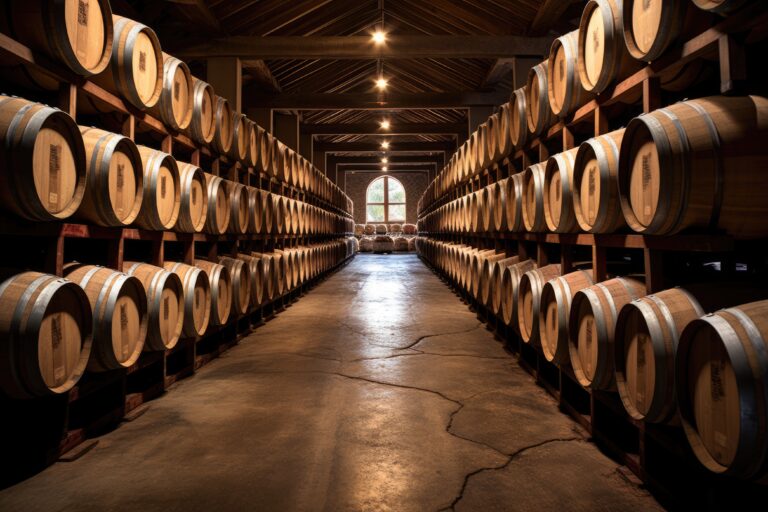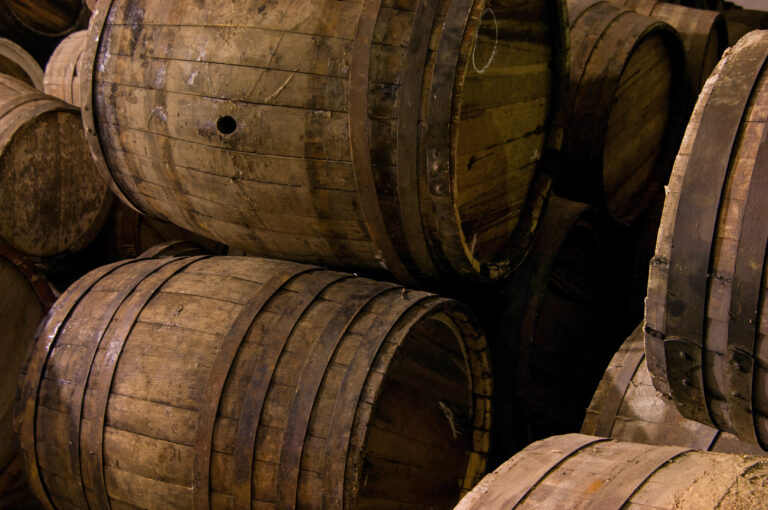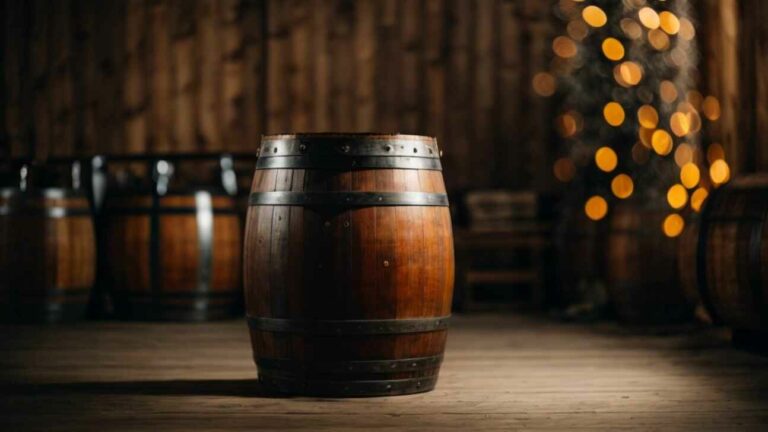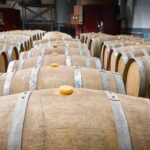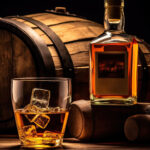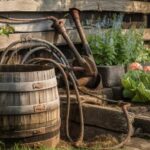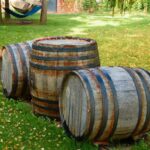Ever wonder what gives whiskey its smooth taste and that gorgeous amber glow? It’s all about the aging process in charred oak barrels. If you’re just starting to explore the world of whiskey, understanding the different parts of a barrel is key to truly appreciating your dram. Let’s break down the basics so you can get a better sense of what goes into making your favorite bourbon or scotch.
A Quick Look at Whiskey Barrels
The barrel is where the magic happens. It’s the heart of the whiskey-making process. Barrels are built from staves – thin wooden boards – that are bent and bound together. Oak is the wood of choice, usually American or French.
The Barrel’s Building Blocks
- Staves: These are the long, curved wooden planks that make up the barrel’s sides. They’re traditionally oak, carefully shaped, fitted together, and secured. The type of oak, and whether it’s toasted or charred, really affects the whiskey’s flavor.
- Hoops: Metal hoops wrap around the staves, holding them tight. As the whiskey ages, the wood breathes, expanding and contracting, and the hoops keep everything together. They might need tightening or replacing over time.
- Heads: These are the circular wooden pieces that close off the top and bottom of the barrel. They have the bunghole in the center for filling and emptying, and sometimes small holes around the edge for airflow. Like the staves, they’re usually oak and contribute to the whiskey’s flavor.
- Bung: This is just a fancy name for the wooden plug that seals the bunghole. It’s got to be hammered in and out every time the barrel’s filled or emptied.
When you combine the right wood with skilled craftsmanship, a whiskey barrel becomes the perfect place for spirits to mature and develop flavor. These basic parts all work together to create the ideal vessel for aging whiskey to perfection. Over years, the wood slowly adds color, aroma, and taste. It’s a pretty clever setup, when you think about it.
Staves: The Curved Wooden Backbone
The staves are the curved planks that give the barrel its shape. They’re cut from oak and bent using heat and steam. Oak’s the go-to because it’s flexible when heated but strong once formed into a barrel. Getting the shaping right is crucial – the staves have to fit together perfectly to prevent leaks.
After they’re bent, metal hoops are fitted around the staves to hold them in that familiar barrel shape. The hoops can be adjusted as needed to deal with the wood expanding and contracting.
The staves, along with the heads, make up the barrel’s main body. Their curved shape, along with the hoops, lets the barrel stay intact for years. They also play a big role in aging by allowing tiny amounts of oxygen to interact with the whiskey.
Properly prepared and toasted oak staves help give the whiskey its flavor and color as it ages. The wood, along with the barrel’s environment, are key to the final aroma, taste, and finish.
Heads: The Top and Bottom
The heads are the flat, circular pieces of oak that form the top and bottom of the barrel. They’re made from oak planks, similar to staves, that are shaped into circles. These circular pieces are fitted together and held in place with metal hoops.
The top head has the bunghole for filling and emptying the barrel, which is sealed with a bung. The heads have to fit snugly to keep the whiskey inside. Any gaps could lead to evaporation or oxidation, which would mess with the quality and flavor.
The inside of the barrel, especially the heads, is charred. This charring helps give the whiskey its flavor and color. How heavily the barrel is charred, from light to heavy, affects the flavor. Since the heads have a lot of surface area inside the barrel, their char level has a big impact.
The heads might swell or contract a bit as the whiskey ages due to temperature and humidity changes. The hoops keep everything together, even with this movement. High-quality oak and expert craftsmanship are essential for making barrels that can age fine whiskeys.
Hoops: Holding It All Together
The hoops are the metal bands that go around the barrel and hold the staves tightly together. When the barrel’s put together, the hoops are hammered down over the staves to secure them.
- Bilge Hoop: This is the widest hoop, located in the middle of the barrel. It’s super important for keeping the staves together, especially when the barrel’s under pressure during aging and transport.
- Chime Hoop: This is the top hoop, located at the barrel’s end. It helps seal the head in place and keeps the barrel airtight.
- Additional Hoops: Most barrels have a few extra hoops between the bilge and chime hoops for even more support. The number and placement can vary.
Basically, the hoops are what make the staves work together as one unit. They’re crucial for structure, sealing the barrel, and allowing it to withstand the pressures of aging and handling.
Bunghole: The Entry and Exit
The bunghole is the opening in the barrel used for filling, sampling, and emptying. When the barrel’s first made, the bunghole is left open for charring. After that, it’s plugged with a bung.
During aging, the bung is removed for sampling and checking on the whiskey. The bunghole also lets air interact with the whiskey, which helps it develop flavor. The size and shape of the bunghole affect how much air gets to the whiskey, which in turn affects the flavor.
When the whiskey’s ready, the bunghole is unplugged for emptying. Barrels are usually turned upside down to drain the whiskey. Any whiskey left in the staves and char is rinsed out with a little water. Nothing goes to waste!
The bunghole might seem simple, but it’s essential for making a premium aged spirit.
Inside the Barrel: Char and Toasting
The char and toasting inside a whiskey barrel are really important for giving bourbon its unique flavor and color.
- Char: This is the blackened, burnt wood inside the barrel. The inside is scorched with an open flame, which breaks down the wood and opens up its pores. As the whiskey ages, it soaks into the char, picking up flavors of caramel, vanilla, and smoke. The char also acts like a filter, trapping impurities and making the whiskey smoother. More char means more surface area for the whiskey to interact with, resulting in a bolder, smokier flavor.
- Toast: Before charring, barrels are toasted over a controlled fire. This gentle heating browns the inner wood and releases compounds that add flavors of coconut, spice, and nuts. How much the barrel is toasted – light, medium, or dark – affects how much flavor is imparted.
Together, char and toast are responsible for most of the oak flavors in bourbon.
How Barrels Shape Whiskey Flavor
As whiskey ages in barrels, the wood adds flavor.
- Oak: Oak is the most common wood. It adds vanilla and caramel notes, along with tannins that give the whiskey structure. American white oak, often used for bourbon, adds coconut and dill flavors. European oak, used for scotch, tends to impart more spicy, nutty flavors.
- Char: Charring releases compounds that contribute to the whiskey’s flavor and color. The level of char determines how much flavor the barrel will impart.
- Previous Contents: If the barrel was previously used to age other spirits, like bourbon or sherry, those flavors will also influence the whiskey.
- Time: The longer whiskey ages, the more complex its flavor becomes.
Common Questions About Whiskey Barrels
What are the parts of a whiskey barrel?
Staves, head, hoops, and bunghole.
What kind of wood are they made of?
Mostly oak, usually American white oak or European oak.
How long are they used?
A few years for bourbon, much longer for scotch.
Are all barrels charred?
Most are, but not all.
Wrapping It Up
So, there you have it – a breakdown of the whiskey barrel. Next time you enjoy a glass, you’ll have a whole new appreciation for the journey it took to get there. You’ll understand how the staves, hoops, and heads all work together, and you’ll know it’s the wood that gives the whiskey its color, aroma, and taste. Whiskey is truly transformed by time, its environment, and its wooden vessel – the humble barrel. Cheers to that!
